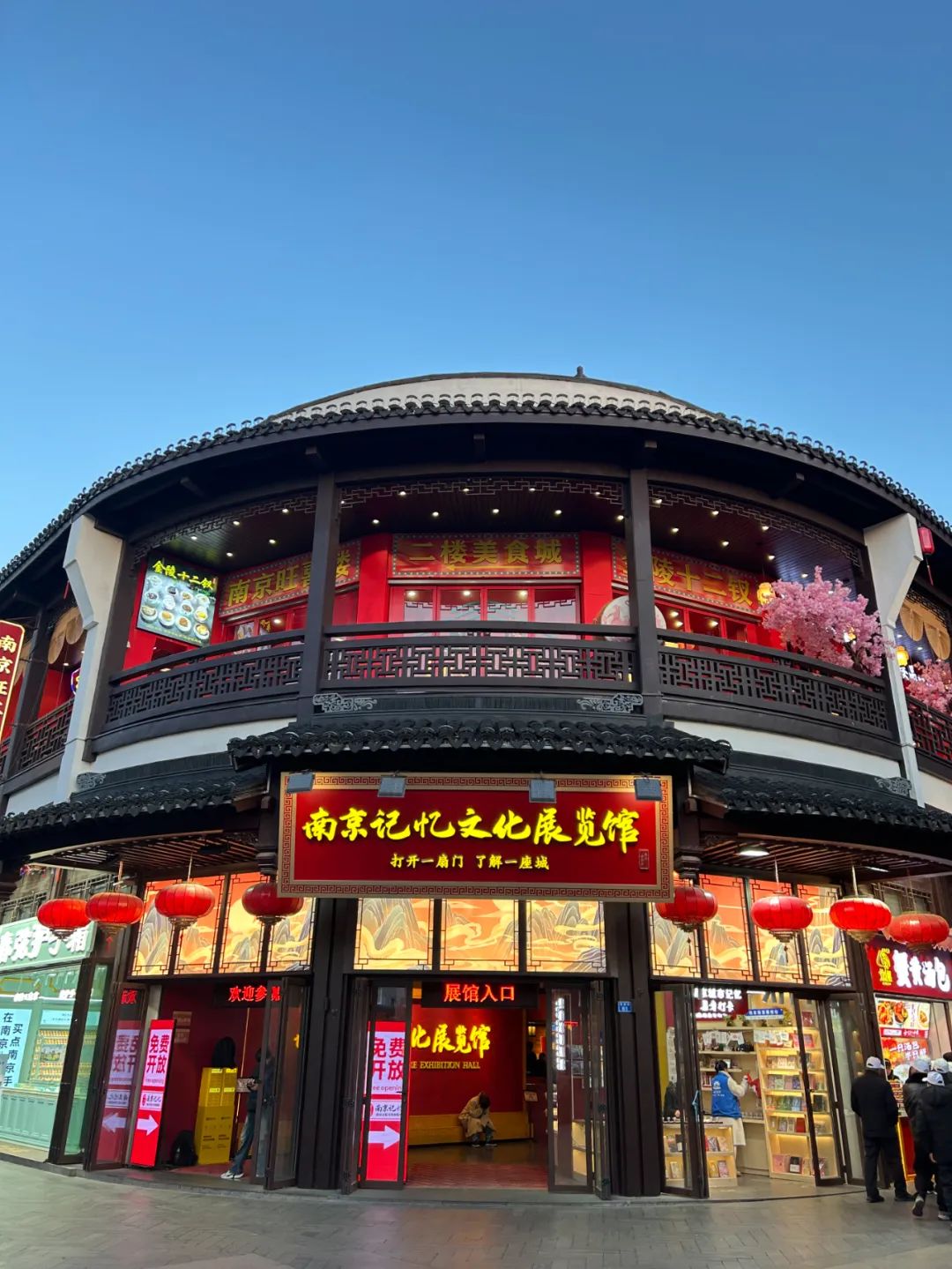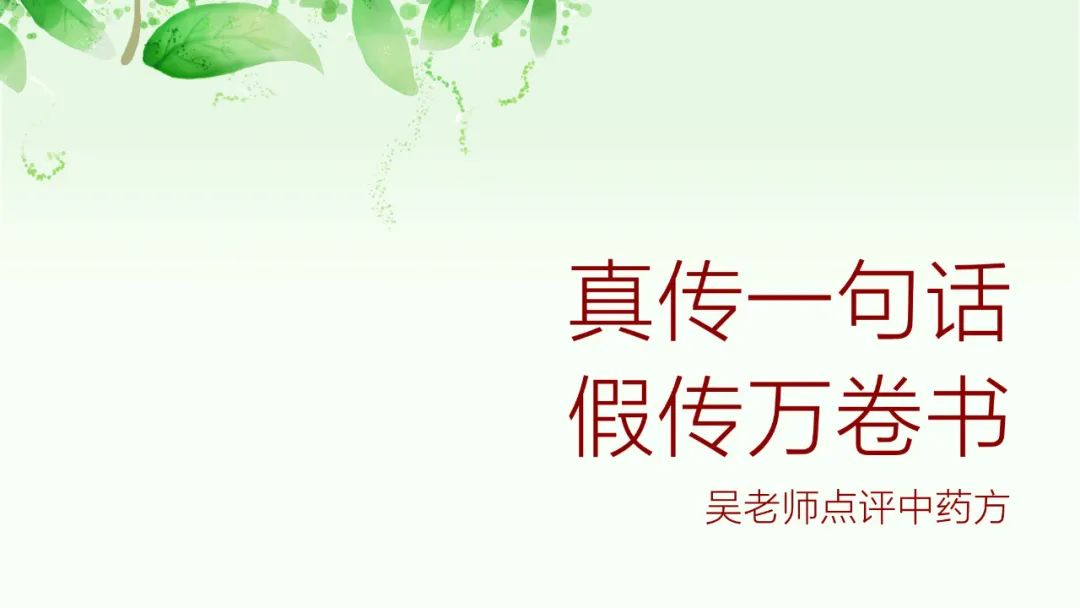
The first formula of Blood Nourishing Decoction from “Traditional Chinese Medicine Formulary”.
It is called the Grandfather of Blood Nourishment because this formula is the foundational recipe for blood nourishment, from which many famous formulas have derived. Today, Teacher Wu will provide commentary.
The Grandfather of Blood Nourishment
—— Si Wu Tang (Four Substance Decoction)
#2025.3.14
From “Tai Ping Hui Min He Ji Ju Fang”
【Ingredients】Dang Gui (Angelica Sinensis) 10g, Chuan Xiong (Ligusticum Chuanxiong) 8g, Bai Shao (Paeonia Lactiflora) 12g, Shu Di Huang (Rehmannia Glutinosa) 12g
【Dosage】Grind into coarse powder, take 3 qian (9g), add 1.5 cups of water, decoct until reduced to 80%, strain and take warm on an empty stomach before meals. If there is instability in pregnancy with bleeding, add Ai Ye (Artemisia argyi) 10 leaves and one piece of Ejiao (Colla Corii Asini), decoct as before. For excessive bleeding due to cold in the blood, also add Ejiao and Ai Ye.
Modern usage: Prepare as a decoction, decoct three times, and take on an empty stomach in the morning, noon, and evening.
【Function】Nourishes and regulates blood.
【Indications】Deficiency of Chong and Ren channels. Irregular menstruation, abdominal pain, excessive bleeding. Blood stasis with hard masses causing pain. Instability in pregnancy with continuous bleeding, postpartum lochia not expelling, hard masses in the lower abdomen, and intermittent cold and heat symptoms.
【Formula Analysis】This formula is the primary recipe for nourishing blood and regulating menstruation, derived from the “Jin Kui Yao Lue – Women’s Pregnancy Chapter” by removing Ejiao, Ai Ye, and Gan Cao (Licorice) from the Xiong Gui Jiao Ai Tang.
For various blood deficiency syndromes, this formula serves as the foundation for modification according to symptoms. The Chong channel is the sea of blood, and the Ren channel governs the uterus. If the Chong channel is deficient, women may experience scanty menstruation, pale color, and delayed periods. If there is cold stagnation in the lower jiao, abdominal pain may occur. If the spleen is deficient and cannot hold blood, or if the kidney is deficient and the Chong and Ren channels are unstable, symptoms like excessive bleeding may follow. Additionally, if there is liver cold and blood stagnation, blood flow may be obstructed, leading to hard masses and pain in the lower abdomen and around the navel.
This formula uses Dang Gui to nourish and invigorate blood; Shu Di Huang primarily nourishes blood; Chuan Xiong regulates the qi in the blood; Bai Shao nourishes blood and astringes yin. Thus, the entire formula belongs to blood-nourishing herbs.
However, the combination is appropriate, nourishing blood without causing stagnation, moving blood without breaking it, with a balance of tonifying and dispersing, forming a key formula for treating blood issues.
If there is cold in the blood with menstrual pain, one may add Pao Jiang (dry-fried ginger), Gui Zhi (Cinnamon Twig), Wu Yao (Lindera), Zhi Ke (Bitter Orange), Xiang Fu (Cyperus), Sang Ji Sheng (Mulberry Mistletoe), and Xu Duan (Dipsacus) to warm the cold, regulate qi, move blood, and relieve pain. If there is instability in pregnancy, one may add Ejiao, wine-fried Ai Ye, and Zhi Gan Cao to transform it into “Xiong Gui Jiao Ai Tang”.
If there is blood stasis, one may add Dan Shen (Salvia Miltiorrhiza), Tao Ren (Peach Kernel), and Hong Hua (Carthamus) to invigorate blood and dispel stasis; if there is blood deficiency with heat, one may add Huang Qin (Scutellaria) and Dan Pi (Moutan); if there is qi deficiency unable to hold blood, one may add Lu Dang Shen (Codonopsis) and Huang Qi (Astragalus) and Bai Zhu (Atractylodes). In summary, this formula can be modified according to symptoms to address various blood conditions.

All of the above is incorrect.
Teacher Wu’s Commentary:
This is a foundational formula for blood nourishment, widely used by many doctors in the market.
The essence of blood nourishment is: qi can generate blood, but where are the qi tonifying and yang tonifying herbs in this formula?
If you ask Teacher Wu, which formula is the best for blood nourishment?
Of course, it is:
“The Ancestor of Blood Nourishment – Zhi Gan Cao Tang (Honey-fried Licorice Decoction)”
【Additional Formulas】:
(1) Sheng Yu Tang (Holy Recovery Decoction)
(“Yi Zong Jin Jian”) Shu Di Huang 7.5 qian (20g), Bai Shao mixed with wine 7.5 qian (15g), Chuan Xiong 7.5 qian (8g), Ren Shen (Ginseng) 7.5 qian (generally use Lu Dang Shen 20g), Dang Gui washed with wine 5 qian (15g), Huang Qi 5 qian (18g), decoct in water.
Function: Tonifies qi, nourishes blood, and holds blood.
Indications: Early menstruation with heavy flow and pale color, fatigue in limbs, and general weakness. This syndrome is due to qi and blood deficiency, unable to hold blood, hence Si Wu Tang is used to nourish and regulate blood, adding Ren Shen and Huang Qi to tonify qi and hold blood.
(2) Tao Hong Si Wu Tang (Peach and Red Four Substance Decoction)
(“Yi Zong Jin Jian”) Shu Di Huang 2 qian (or use Gan Di Huang 15g), Chuan Xiong 1 qian (8g), Bai Shao 2 qian, stir-fried (10g), Dang Gui 2 qian (12g), Tao Ren (Peach Kernel) 6g, Hong Hua (Carthamus) 4g, decoct in water, take three times a day, finish in one day. Function: Nourishes blood, invigorates blood, and dispels stasis.
Indications: Women with early menstruation, heavy flow, purple color, sticky texture, or with clots, abdominal pain, and distension.
This formula nourishes and invigorates blood with Si Wu Tang, adding Tao Ren and Hong Hua to dispel stasis in the blood. When blood flows smoothly, abdominal pain and distension will subside. However, as a blood-invigorating and stasis-dispelling formula, it has a strong attacking power, so it should be stopped once effective, and should not be taken excessively, as overuse may lead to excessive bleeding or heavy menstrual flow.

